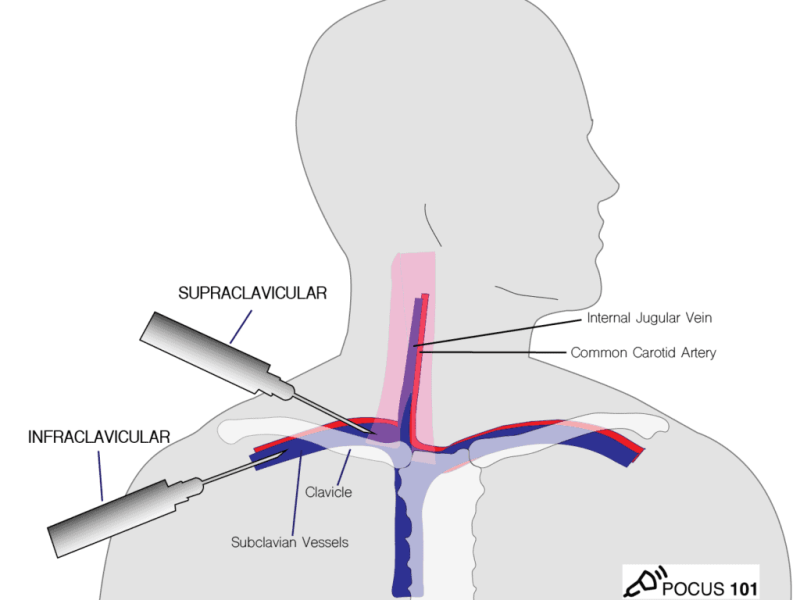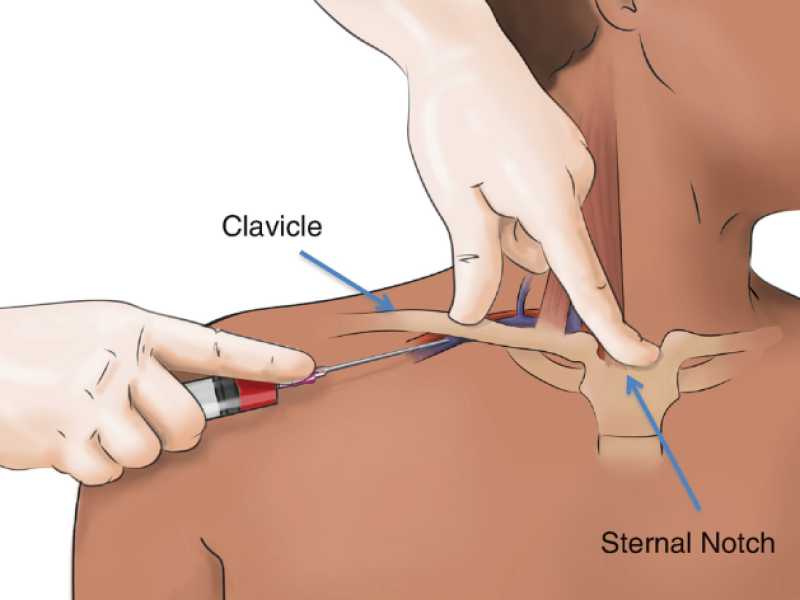
Best Doctor for PICC Line Insertion
PICC Line insertion is a critical medical procedure that involves placing a catheter into a large vein in the body, typically in the neck, chest, or groin area. This procedure, often referred to as a central venous catheterization, is vital for administering medications, fluids, nutrition, and drawing blood. Professor Dr Abdul Majid is known as the best doctor for Central Lines Insertion.
Here we'll discuss what sets Dr Abdul Majid as the top rate doctor for Central Lines Insertion. Moreover, we'll discuss his expertise and Central line insertion.


What is Varicose Vein Operation?
Varicose vein operation, also known as varicose vein surgery, is the process of surgically removing or closing large, problematic veins that cause pain or discomfort. Unlike the minimally invasive varicose vein ablation, this procedure may involve making incisions to physically extract or tie off the veins. This is typically considered when less invasive methods have not been successful, or if the varicose veins are particularly large or symptomatic. Patients may undergo procedures such as vein stripping, phlebectomy, or endoscopic vein surgery, each tailored to the patient’s condition.
Dr. Abdul Majid, with his extensive experience, assesses each patient’s unique circumstances to determine the most appropriate approach, ensuring optimal outcomes and patient satisfaction.
Central Lines Insertion's Procedure
The procedure of Central line Insertion is given below:
Preparation for Central Line Insertion
- Patient Assessment: Dr. Majid conducts thorough evaluations to determine the best site for insertion and assess any potential risks.
- Informed Consent: Patients are fully informed about the procedure, potential risks, and benefits before consent is obtained.
- Sterilization: The area of insertion is carefully sterilized to prevent infections.
Procedure Steps
- Ultrasound Guidance: An ultrasound may be used to locate the vein and guide the insertion, increasing accuracy and safety.
- Anesthesia: Local anesthesia is administered to minimize discomfort during the procedure.
- Catheter Insertion: Using a needle, the catheter is carefully introduced into the vein and advanced to the required position.
Post-Procedure Care
- Catheter Securement: The catheter is securely taped in place to prevent movement.
- Site Monitoring: The insertion site is regularly monitored for any signs of infection or complications.
- Patient Education: Patients are educated on how to manage the catheter and recognize any potential issues.
PICC line
A Peripherally Inserted Central Catheter (PICC) line is another form of central venous access, commonly used for long-term intravenous therapy. Unlike other central lines that require access through larger veins in the body, PICC lines are typically inserted into a vein in the arm and threaded through to a larger vein near the heart. This minimally invasive procedure offers numerous advantages, including reduced risk of certain complications associated with central lines placed in the chest or neck.
Benefits of PICC Line
- Long-term Use: PICC lines are ideal for extended treatment durations, like chemotherapy or antibiotic therapy.
- Reduced Complications: The arm entry point reduces risks of pneumothorax and puncture complications often associated with chest or neck insertions.
- Ease of Access: PICC lines are easier to maintain and access for both medical staff and patients, making them a convenient option for ongoing therapy.
In sum, PICC lines offer a versatile and safe option for patients requiring long-term venous access, and Dr. Abdul Majid’s proficiency ensures their effective implementation and management.
Central Catheter Placement Techniques
Central catheter placement involves several techniques, tailored to the specific needs and condition of the patient. Dr. Abdul Majid employs the most advanced practices to ensure optimal outcomes. These techniques include:
- Subclavian Vein Approach: This approach is often used for its straightforward access and stability. It reduces the risk of catheter movement and provides a durable site for long-term use.
- Internal Jugular Vein Approach: Preferred for its ease of accessibility and reduced risk of pneumothorax, this method involves inserting the catheter through the neck. Ultrasound guidance enhances precision and safety, reducing insertion complications.
- Femoral Vein Approach: Typically reserved for emergencies or cases where other sites are unsuitable, the femoral approach provides rapid access. However, it requires vigilant monitoring due to a higher risk of infection.
Dr. Majid’s decision-making process considers the patient’s anatomy, the purpose of the catheter, and any existing medical conditions to determine the most appropriate technique. His personalized approach ensures that each patient receives care tailored to their specific medical requirements.
Best Doctor for Central Lines Insertion
Dr. Abdul Majid, an esteemed interventional radiologist, is renowned for providing expert central line insertion services. With extensive experience in the field, Dr. Majid combines precision with a compassionate approach, ensuring the highest standards of patient care and safety.
His expertise in interventional radiology makes him a trusted choice for those requiring central venous access.
Why Choose Us?
Some of the reasons for choosing Dr. Abdul Majid are mentioned below:
Expertise in PICC Line Insertion
With years of specialized training and hands-on experience, Dr. Abdul Majid possesses advanced skills in performing central lines insertion procedures. He is well-versed with the latest techniques and equipment used for this procedure, ensuring minimal discomfort and complications for his patients. Moreover, he stays updated with advancements in the field to provide the best possible care to his patients.
Comprehensive Patient Care
Dr. Majid’s patient-centric approach sets him apart as one of the best doctors for central lines insertion. He ensures thorough evaluation of each patient’s medical history and individual needs before proceeding with the procedure. This personalized approach allows him to provide optimal solutions tailored to each patient
State-of-the-Art Facilities
Our clinic is equipped with state-of-the-art facilities to support Dr. Abdul Majid in delivering superior central lines insertion procedures. We employ the latest technology and strict sterilization protocols to ensure the highest level of safety and efficiency. These advanced facilities not only aid in precise placement of central lines but also enhance overall patient experience, reducing the stress often associated with medical procedures.
Frequently Asked Question

Which vein is used for central line?
The vein used for a central line can vary depending on the patient’s specific needs and circumstances. Commonly used veins include the subclavian vein, internal jugular vein, and femoral vein. The choice of vein is determined based on factors such as the patient’s anatomy, risk of complications, and the intended duration of the catheter.
What doctor puts in a central line?
A central line is typically inserted by an interventional radiologist or a specialist in anesthesiology and intensive care. These medical professionals have the expertise to perform the procedure safely and effectively, ensuring appropriate placement and minimizing the risk of complications.
